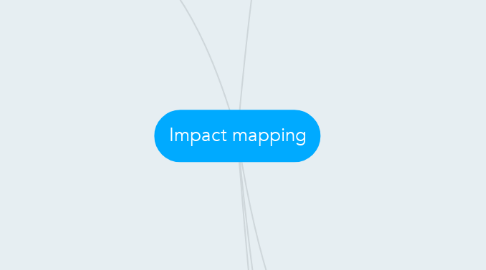
1. overall
1.1. never implement all map
1.2. all decisions are assumptions
1.3. validate assumptions
1.4. test assumptions
1.5. iterative over incremental
1.5.1. always measure progress
1.5.2. iterations help check assumptions
1.6. grow map separately of reduce map
1.7. grow map without critisism
1.8. build-measure-learn
1.8.1. small iterations
1.8.2. get knowledge
1.8.3. verify assumption
1.9. prioritization
1.9.1. what's critical to start
1.9.2. what assumptions to test
1.9.3. high values / easy to achieve
1.9.4. choose one actor to satisfy
2. WHY
2.1. need to be a clear goal
2.1.1. timely
2.1.2. measurable
2.1.2.1. how to measure
2.1.2.2. what to measure
2.1.2.2.1. count of users
2.1.2.2.2. expenses
2.1.2.2.3. income
2.1.2.2.4. performance
2.1.2.3. how it is right now
2.1.2.4. MVP
2.1.2.5. outcome and value
2.1.3. realistic
2.1.3.1. one goal per milestone
2.1.4. specific
2.1.4.1. specific as possible
2.1.4.2. clear to everyone
2.1.5. typical questions
2.1.5.1. Why we're doing this
3. WHO
3.1. actors
3.1.1. roles
3.1.1.1. under 18 y-old people w mobile device
3.1.2. person
3.1.2.1. Mike from marketing
3.1.3. service people
3.1.4. inside
3.1.5. outside
3.1.6. typical questions
3.1.6.1. Whose behavior do we want to impact
3.1.6.2. Who can produce the desired effect
3.1.6.3. Who can obstruct it
3.1.6.4. Who are consumers or users of a product
4. HOW
4.1. impacts
4.1.1. business value
4.1.2. not software feature
4.1.3. typical questions
4.1.3.1. How can they help us to achieve goal?
4.1.3.2. How should actors' behavior change?
4.1.3.3. How can they obstruct or prevent us from succeeding?
5. WHAT
5.1. deliverable
5.1.1. value for actor
5.1.2. implements impcat
5.1.3. details only after impacts clarified
